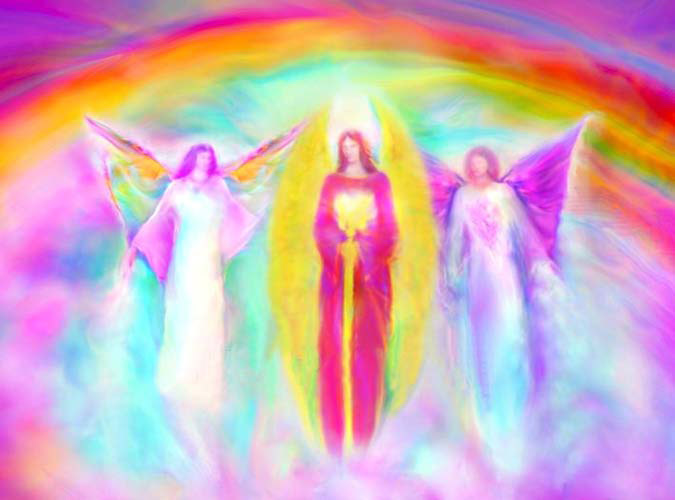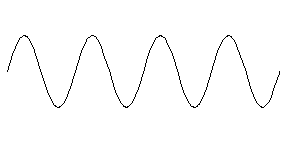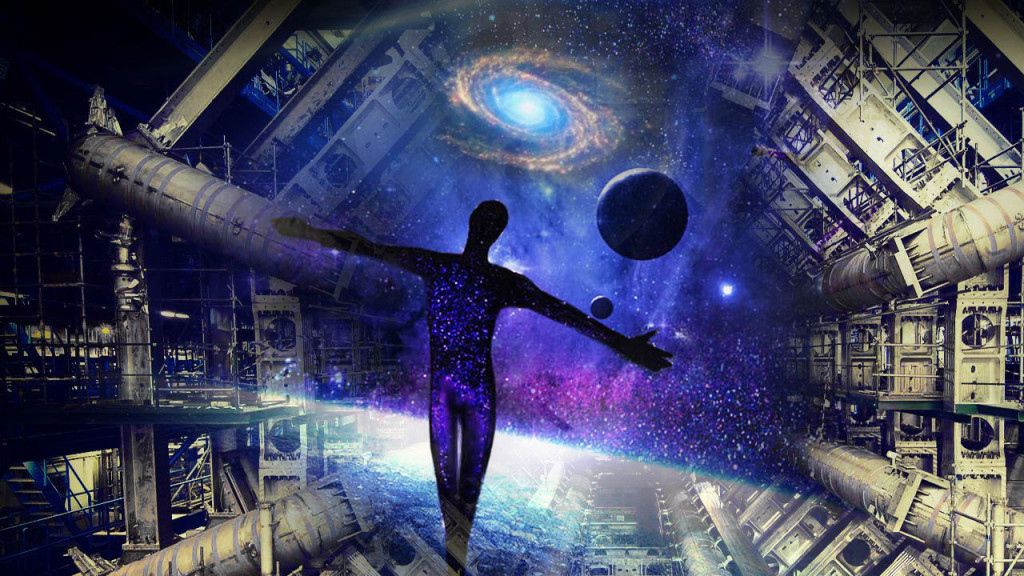 by James Churchward
by James Churchward
The record of the destruction of Mu, the Motherland of Man, is a strange one indeed. From it we learn how the mystery of the white races in the South Sea Islands may be solved and how a great civilization flourished in mid-Pacific and then was completely obliterated in almost a single night. A few decades ago scientists would have  been very doubtful about the possibility of the former existence in the Pacific Ocean of a huge continent such as Mu. But since then, records have come to light and comparisons have been made which prove that such a land did at one time exist. The proofs are of several types.
been very doubtful about the possibility of the former existence in the Pacific Ocean of a huge continent such as Mu. But since then, records have come to light and comparisons have been made which prove that such a land did at one time exist. The proofs are of several types.
First, as I have already explained in the opening chapter, there are the sacred tablets found in an Indian temple and deciphered with the aid of a learned priest. These tablets gave me the first hint about Mu and sent me on a world-wide search. They had been written by the Naacals, either in Burma or in the motherland. They told how the Naacals had originally come from the motherland, the land in the center of the Pacific. They also told the story of the creation of man and his advent in this land. Records of later date written in Mayax, Egypt and India tell and describe the destruction of this land of Mu, when the earth’s crust was broken up by earthquakes and sank into a fiery abyss. Then the waters of the Pacific rolled in over her, leaving only water where once was a mighty civilization.
Second, there is confirmation of Mu in other ancient manuscripts, including such a classic as the Hindu epic Ramayana, written by the sage and historian, Valmiki, from the dictation of Narana, high priest of the Rishi temple at Ayhodia, who read the ancient temple records to him. In one place Valmiki mentions the Naacals as “coming to Burma from the land of their birth in the East,” that is, in the direction of the Pacific Ocean. Another document confirming the story of the sacred tablets and Valmiki is the Troano Manuscript, now in the British Museum. This is an ancient Maya book written in Yucatan. It speaks of the “Land of Mu” using for Mu the same symbols we find in India, Burma and Egypt. Another reference is the Codex Cortesianus, a Maya book of about the same age as the Troano Manuscript. Then there is the Lhasa Record, with hundreds of others from Egypt, Greece, Central America, Mexico, and the cliff writings in our western states. (more…)

















 e surface of the ocean. He has new antibiotic drugs at his disposal, new methods of sanitation which have all but wiped some of the great plagues of the past from the face of the earth. He has in the laboratories synthesized and produced great and untold numbers of articles which he uses in his daily life; his clothing, articles in the home are all produced in mass quantities from synthetic materials. His methods of communication span the entire surface of the globe, not only with sound and with the spoken word but with pictures. And it can truly be said, that with all these things he has indeed wrought many and great miracles. It can also be said that the nations of the world are now at our very back door or at our front door, that we no longer are separated by the great barriers of the oceans.
e surface of the ocean. He has new antibiotic drugs at his disposal, new methods of sanitation which have all but wiped some of the great plagues of the past from the face of the earth. He has in the laboratories synthesized and produced great and untold numbers of articles which he uses in his daily life; his clothing, articles in the home are all produced in mass quantities from synthetic materials. His methods of communication span the entire surface of the globe, not only with sound and with the spoken word but with pictures. And it can truly be said, that with all these things he has indeed wrought many and great miracles. It can also be said that the nations of the world are now at our very back door or at our front door, that we no longer are separated by the great barriers of the oceans.